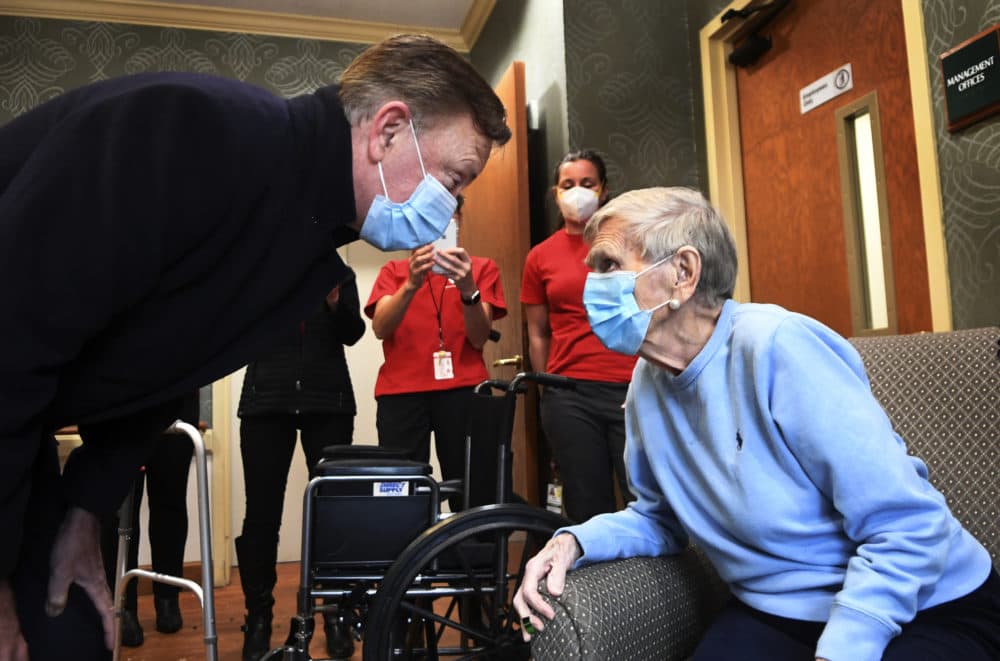Advertisement
'We Have To Prioritize': Connecticut Gov. Defends State's Plan To Vaccinate Based On Age
Resume
The state of Connecticut will soon start vaccinating people for the coronavirus strictly by age.
Starting March 1, people ages 55 to 64 will be able to access COVID-19 vaccines in the state. There will be “very limited” exceptions to the state’s new guidelines, Gov. Ned Lamont says.
The controversial move means the state is shifting vaccine priority away from frontline grocery workers and medically vulnerable individuals, people who the Centers for Disease Control and Prevention currently recommends should be next in line for shots.
The state’s age-based decision is an equitable way of quickly vaccinating those who are most at risk, Lamot says. Instead of picking and choosing a list of who is a more essential worker or what comorbidities are more severe, the state has decided to use data to inform their decision, he explains.
Lamont says 96% of those who die from COVID-19 in his state are 55 years or older, with most having a preexisting condition or comorbidity.
Connecticut has already vaccinated more than 70% of residents 75 years and older. That age bracket is where more than half of the coronavirus-related deaths occured in the state, he says.
Critics are vexed with the state’s move, suggesting that vaccinating a healthy 55-year-old with good health insurance before a 20-year-old lung transplant recipient or young retail employee isn’t fair.
The governor argues, for example, a grocery store worker is often living in a multigenerational environment. By vaccinating the older folks in that multigenerational home, then “now at least they know they can go to work, come back home, and their parent or grandparent is safe to be there,” he says.
A recent examination of population statistics by The CT Mirror found that Lamont’s plan to vaccinate people by age means that a higher percentage of white residents will get shots and fewer Black residents will.
Lamont says he’s “very concerned” with the disparities in underserved groups that have been hit hardest by the pandemic, which is why he says he’s over-allocating vaccines to Black and Brown communities. State officials are working with churches, federally qualified health centers and mobile sites to vaccinate as many people in those communities as possible, he says.
Even local ministers have been tapped in to spread the word about the personal and communal benefits of getting vaccinated and address hesitancies, he says.
No U.S. state — or country in the world — has enough vaccines to meet demand at the moment, which is why Lamont is moving forward “with an emphasis upon public health and the groups that are most likely to have those comorbidities,” he says. “That's 55 and above.”
Lynn Menegon produced and edited this interview for broadcast with Tinku Ray. Serena McMahon adapted it for the web.
This segment aired on February 24, 2021.

